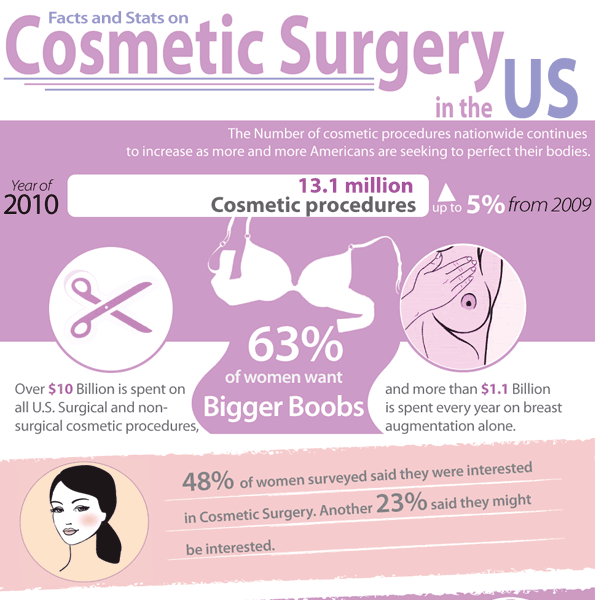What Is Isotretinoin Accutane
What Is Isotretinoin Accutane
Blog Article
Hormonal Acne - What is Hormonal Acne?
Hormone acne is identified by stopped up pores and oily skin that normally appears on the chin and jawline. It occurs when hormone modifications trigger swelling and microbial overgrowth within hair follicles.
Breakouts may look like whiteheads, blackheads, papules or pustules and cysts or blemishes in a lot more extreme instances. It is extra usual in teenagers going through puberty but can impact adults of any type of age.
What Triggers Hormonal Acne?
While acne can be triggered by a range of aspects, consisting of utilizing hair and skin treatment products that aren't oil-free or made with components that might block pores, genetic tendency, diet plan,2 and anxiety, the source is changing hormonal agents. Hormone acne takes place when the body experiences hormone adjustments and variations that bring about an overflow of sebum, which triggers swelling, boosted growth of bacteria and changes in skin cell activity.
Hormonal acne is often found on the reduced jawline, cheeks and neck yet can show up anywhere on the body. It is identified by acnes that are cystic, agonizing and full of pus or various other material. It is also more likely to take place in females than males, particularly during puberty, the menstrual cycle, pregnancy or menopause.
Age
While several children experience acne eventually during puberty, it can remain to torment grownups well right into their adult years. Known as hormone acne, this kind of outbreak is tied to fluctuations in hormonal agents and is commonly most usual in ladies.
Hormonal acne occurs when oil glands generate excessive sebum, which blocks pores and traps dead skin cells. This brings about the development of acnes, such as whiteheads, blackheads and papules, pustules, cysts or nodules, deep under the surface.
This sort of acne frequently causes discomfort, inflammation and inflammation. It might likewise be cyclical and show up around the very same time monthly, such as right before your duration begins. This is since levels of women hormones like progesterone and oestrogen fluctuate with each menstruation.
Menstruation
Hormonal acne typically shows up in onexfly skin the lower part of your face, along the jawline and cheeks, as whiteheads, blackheads or inflammatory pimples (acnes and cysts). It's probably to appear around the moment when your menstrual cycle changes.
Specifically around ovulation, when estrogen and progesterone degrees are on the surge, hormonal agent fluctuations can cause outbreaks. Yet it's likewise possible to obtain acne at any type of point throughout your 28-day menstrual cycle.
If you see that your hormone acne flares up right prior to your period, attempt observing when precisely this happens and see if it associates with the phases of your 28-day menstruation. This will aid you determine the root causes of your skin problems. For instance, you may intend to deal with balancing your blood sugar level and eliminating high-sugar foods, or consider a prescription medicine like spironolactone that can regulate your hormonal agents.
Pregnancy
Expanding a baby is a time of significant hormonal adjustments. For numerous females, this includes a flare-up of hormone acne. This kind of breakout usually begins in the very first trimester, around week 6. It's triggered by hormonal agent surges that boost sebaceous glands to make even more oil, which can clog pores and create more microorganisms to build up.
Outbreaks may likewise take place as a result of pre-existing conditions like polycystic ovary disorder, which can likewise be a concern during pregnancy and menopause. Additionally, some types of contraceptive pill (such as Ortho Tri-Cyclen and YAZ) can trigger hormone acne in some women.
Luckily, most acne therapies are "no-go" for expectant women (consisting of popular acne-fighting components such as isotretinoin and spironolactone). Yet if you can't stay clear of those irritating bumps, your medical professional may recommend dental erythromycin or cephalexin, which are safe while pregnant.
Menopause
As females approach menopause, the estrogen degrees that created their hormone acne to flare throughout puberty start to maintain and decrease. At the same time, nonetheless, a spike in androgens (also referred to as male hormonal agents) occurs since these hormonal agents can't be converted into estrogen as successfully as before.
The excess of androgens can activate oil manufacturing by the sebaceous glands, which blocks pores. When the clogged up pores become irritated and aggravated, a pimple types.
Hormone acne is typically seen on the face, especially around the chin and jawline, yet it can occur on the neck, back, shoulders, or breast. This sort of acne tends to flare up in an intermittent pattern, comparable to the menstrual cycle. Tension, which boosts cortisol and tosses hormonal agents out of balance, likewise adds to the outbreaks.